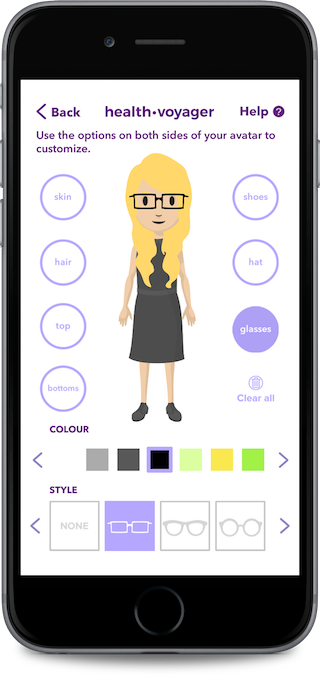 Without a medical background, listening to a doctor describe a complex procedure can feel a little bit like listening to a lecture in gibberish. That communication gap is particularly wide between pediatric patients and their doctors, but a new virtual reality technology could help facilitate conversation between doctors and patients.
Without a medical background, listening to a doctor describe a complex procedure can feel a little bit like listening to a lecture in gibberish. That communication gap is particularly wide between pediatric patients and their doctors, but a new virtual reality technology could help facilitate conversation between doctors and patients.
Boston Children’s Hospital is teaming up with Klick Health to bring pediatric patients HealthVoyager, a medication education and patient experience platform that uses VR to show patients their individual medical findings in an immersive 3D environment. The initiative will be part of a validation study to gauge the technology's effect on patient and family understanding and engagement.
The trial will focus on pediatric gastrointestinal patients. It will let the children take a peak into their GI track and see exactly what doctors are doing during a procedure.
The goal is to make it easier for doctors to explain what is happening during a procedure and in turn increase patient engagement, according to a statement.
“There is a ton of information that needs to be communicated and it is technical. There is no lexicon that the physician and patient has in common,” Yan Fossat, vice president of Klick Labs, told MobiHealthNews. “The patient might try to explain what they have, but they don’t have the medical training to [put it into words] and the physician might try to explain to the patient, what they found but don't have the right words. Even words like titration … to a doctor it is common word but for patients it incomprehensible. That challenge of communication ultimately leads to patients not understanding their condition.”
Currently, doctors will print out a report of the procedure and then try to explain what is happening using the printout. Usually these are largely text-based, and don’t have a lot of visuals.
“We do our best to explain what might have been an hour and half procedure,” Dr. Michael Docktor, a pediatric gastroenterologist who co-developed the tool and clinical director of innovation at Boston Children’s Innovation & Digital Health Accelerator, told MobiHealthnews. “I think patients are left with a lack of clear understanding about what happens, and don’t understand enough about their disease and may not report [changes] … as much.”
The VR will be a post-procedure experience, Docktor said.
HealthVoyager will allow doctors to transfer information onto the system in about two to three minutes. The system lets doctors put clinical findings from the patient’s endoscopy or colonoscopy into a proprietary web interface that will customize the upper and lower GI track. Then doctors can use the drag-and-drop feature to show polyps, ulcers, bleeding, and other conditions. The doctor can then generate a patient report which will transfer the findings into a 3D VR experience.
The system will also generate a PDF report with a QR code to share with patients and families. Patients can then use the QR code to access their data through the HealthVoyager app. Any VR goggles or VR clip-on glasses can be used to start a “tour” inside the patient's GI track.
“Since I’ve been a trainee in medicine I’ve been doodling on an exam paper, then moved to an iPad to show images of a generic GI track. Now we have amazing technology where we can create a personalized experience,” Docktor said.
Fosset said that if this trial is successful he could see this technology being used for adults as well as children and for different conditions.
“What is is exciting for me is there is very little I’ve seen that is really patient-facing, engaging software like this that is personalized,” Docktor said. “There is plenty of VR focused on gaming and content that is very generic and very static. What is exciting about this is [it lets] providers create custom care.”














